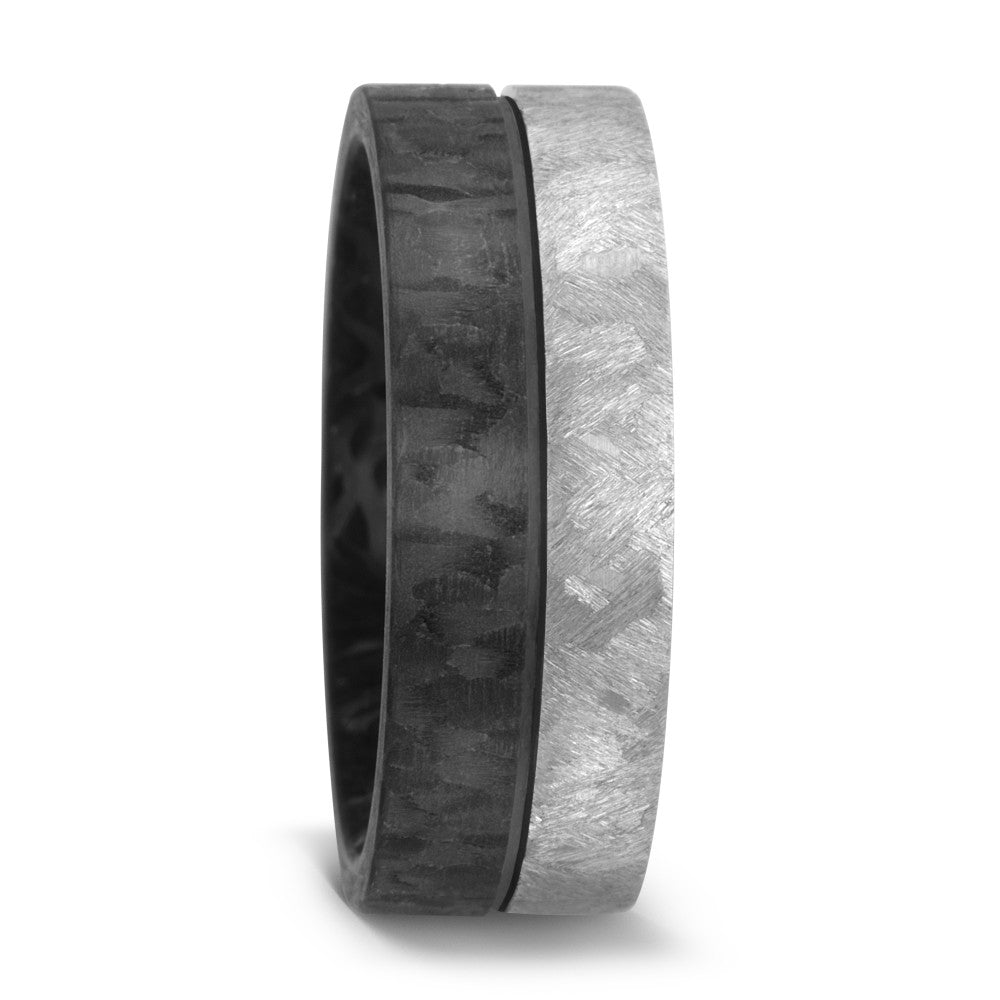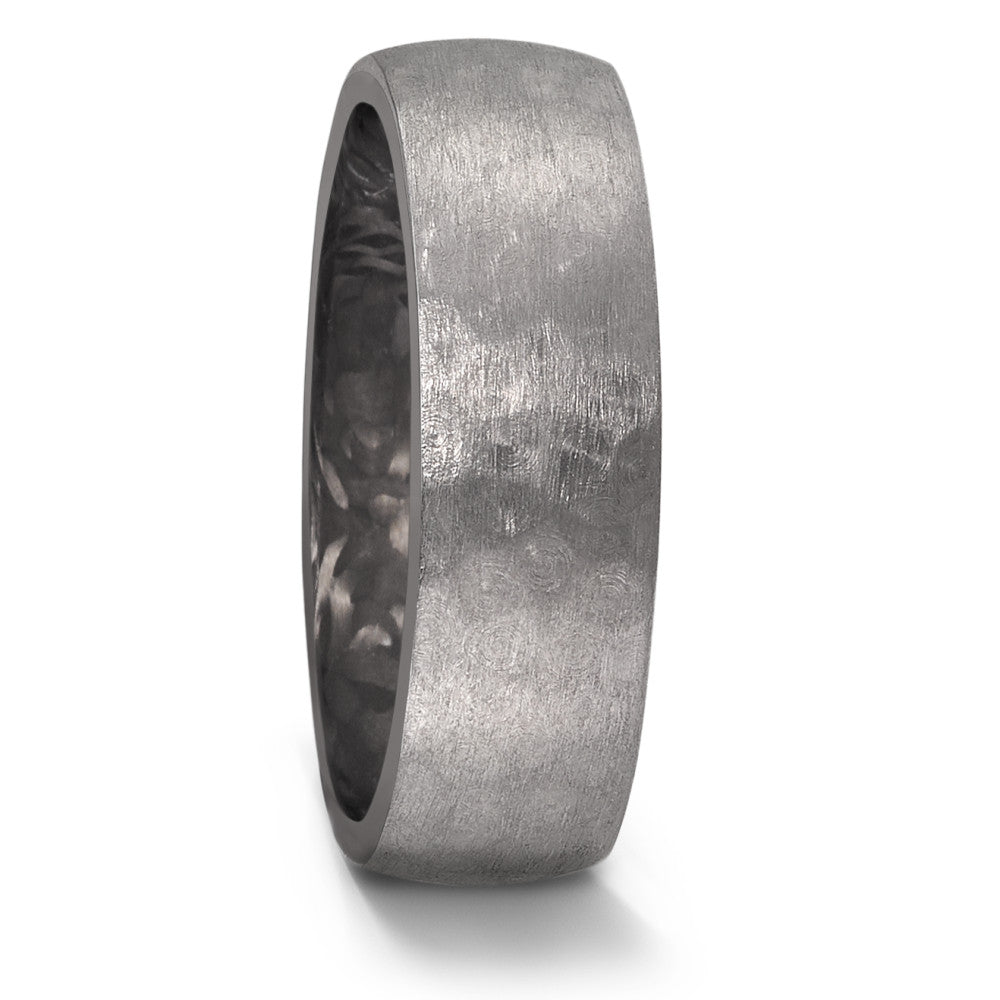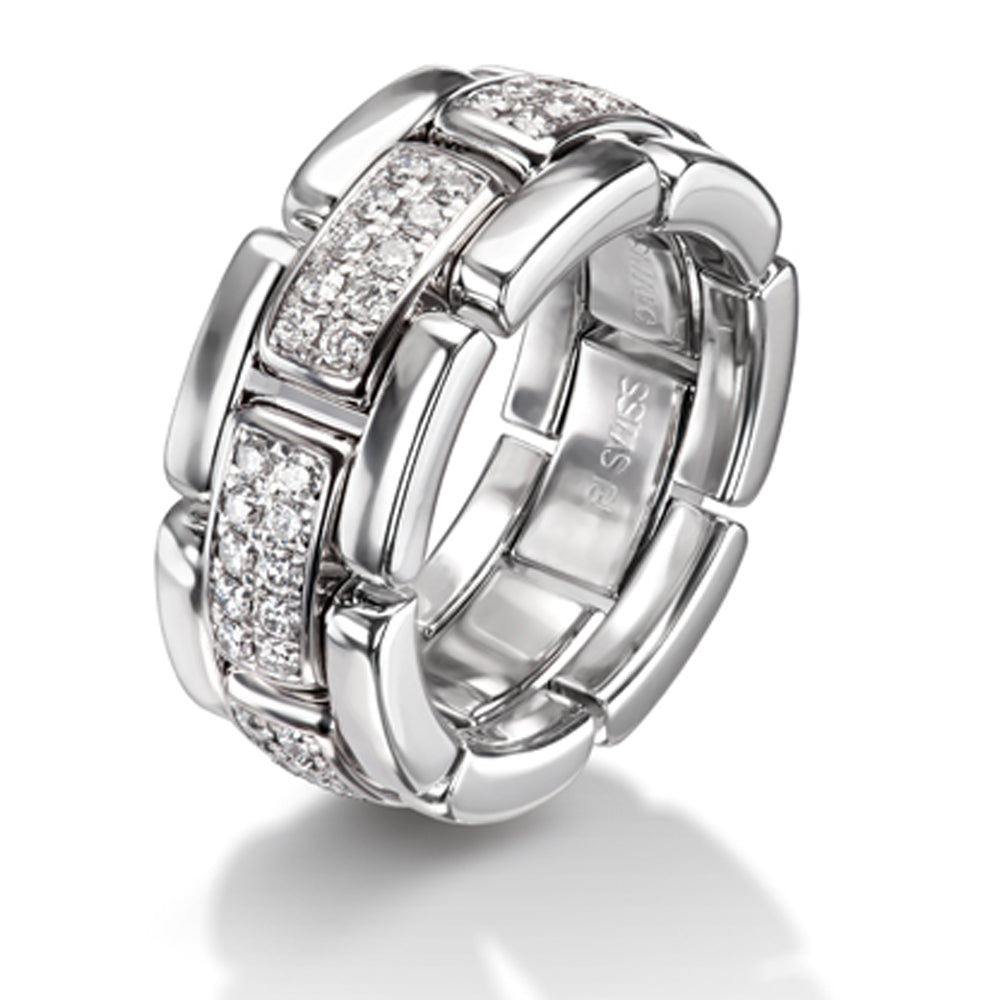OPAL – A PLAY OF COLOUR FOR OCTOBER

GIA.com
Treasured by the Ancient Romans for its fascinating and alluring display of colours, the opal soared in popularity with the discovery of new vibrant varieties in Australia in the late 1800s.
Known as ‘fire’ or ‘play of colour’, opals vary across a large colour spectrum including popular blues, greens, reds and oranges. The most precious opals have a dark body colour which contrasts strongly with a vivid fire/hot lava like appearance. It really is a true magical looking stone!
A SENSITIVE STONE
As a relatively soft gemstone (between 5.5 and 6.5 on the Mohs hardness scale), opals are usually set in occasional jewellery as daily wear can be damaging. They should never be cleaned in an ultrasonic cleaner.
Opals are usually cabochon cut – a smooth dome without any facets. This optimises the display of colours, while providing the most durable shape.
It is a stone, that needs great taking care of, but the rewards of the stones appearance are more than worth it!
FAMOUS OPALS
Queen Elizabeth II
During a tour of the Commonweath the late Queen Elizabeth II was given was given the famous Andamooka Opal Parure (matching set) by the Australian government. With a whopping 200ct of brilliant South Australian Opal, it really is a stand out piece, that draws the eye into its mysterious colours!
Fearne Cotton – Engagement Ring
Fearne Cotton, it known for her quirky unique style, and that evens comes down to her engagement ring. Fearne, has an aztec style ring, crafted from yellow gold featuring triangle shaped opal, running around the whole band
You only have to look at her instagram, to see how much she loves her ring!

SIX FACTS ABOUT OPAL
- National Gemstone for Australia – produces 97% Worlds supply
- Depending on how it was formed, it can take on many different colours, from clear through to white, grey, red, orange, yellow, green, blue, magenta, rose, pink, slate, olive, brown, and black.
- The reds against black stones, are the most rare, whereas white and greens stones are the most common.
- It has a high water content.
- It is a soft stone, so it is best used in earrings, brooches and pendants (Less likely to be knocked in these areas)
- It can be porous, so liquid and air can pass through it – best not to silver dip!!








